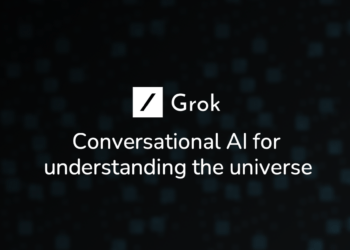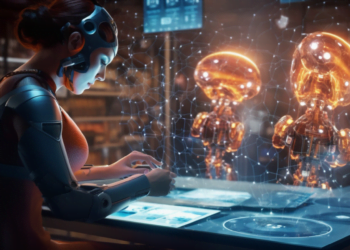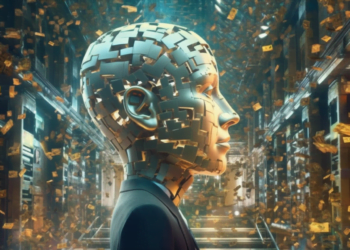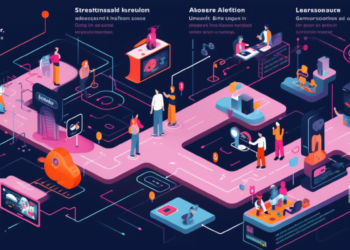Introduction to the Classification of Artificial Intelligence: Weak AI and Strong AI
Artificial Intelligence (AI) is a technology that has been developing for a long time. It is designed to assist people in carrying out tasks and processes more quickly and efficiently. AI has made significant strides since its early days in the 1950s and is now used in a variety of fields, from manufacturing to design. AI has been divided into two broad categories: Weak AI (Weak AI) and Strong AI (Strong AI). This classification provides a framework for a better understanding of AI and its applications.
In this guide, we will discuss the main differences between Weak AI and Strong AI. We will explain how each is currently used and offer practical advice on how to implement each type. We will also cover some of the best practices for AI development. By the end of this article, we hope you will have a better understanding of AI classification and how it can be applied to your business.
What is Weak Artificial Intelligence?
Weak Artificial Intelligence (Weak AI) is a form of AI designed to perform specific tasks. This AI relies on predefined rules to carry out certain tasks. For example, Weak AI might be programmed to perform a task such as image classification. This AI will receive a set of images and, based on a set of predefined rules, will determine which class each image belongs to.
One of the main advantages of Weak AI is that it is easy to implement. This is because Weak AI is based on predefined rules, meaning that developers do not need to understand the internal workings of the AI to be able to deploy it. This means that Weak AI is a popular choice for those who want to get started with AI without deep knowledge of it.
Some common applications of Weak AI include object detection, natural language processing, image classification, and pattern searching. These applications are used in many fields such as medicine, transportation, and manufacturing.
What is Strong Artificial Intelligence?
Strong Artificial Intelligence (Strong AI) is an advanced form of AI that relies on machine learning. This AI is programmed to learn from the data it receives. For example, Strong AI might be programmed to learn how to drive a car autonomously. This AI will receive a set of data, such as images of roads, and learn how to respond to these data to drive safely.
Unlike Weak AI, Strong AI is much more challenging to implement. This is because Strong AI requires substantial knowledge and understanding of machine learning. This means that developers need to grasp machine learning algorithms and the training process before they can deploy Strong AI.
Some common applications of Strong AI include robot control, data analysis, advanced natural language processing, and voice recognition. These applications are used in many fields, from medicine to transportation.
Practical Tips for Implementing Artificial Intelligence
Now that you have a better understanding of Weak AI and Strong AI, here are some practical tips for implementing AI in your business.
- Choose the right approach. Depending on your needs, you should decide whether to implement Weak AI or Strong AI. If you need a quick and easy solution, Weak AI might be the best choice. If you need a more advanced solution, Strong AI might be the right fit.
- Understand machine learning algorithms. If you decide to implement Strong AI, you’ll need to understand how machine learning algorithms work. This will help you to deploy AI efficiently and effectively.
- Utilize useful tools. There are many helpful tools for AI development. These tools include machine learning frameworks, programming languages, and visualization tools. These tools will help you efficiently implement AI.
- Use the best data. A crucial part of AI development is selecting the best data. If the data is not high quality, the performance of AI will not be optimal. Therefore, it’s important to ensure that the data is high quality before beginning development.
- Understand best practices. There are some best practices for AI development. These practices include using deep neural networks, training models with high-quality data, and validating the results. It’s important to understand these best practices to achieve the best outcomes.
Conclusion
Artificial Intelligence has been classified into two broad categories: Weak AI and Strong AI. This classification provides a framework for a better understanding of AI and its applications. Weak AI is based on predefined rules for performing specific tasks, while Strong AI relies on machine learning to learn from the data it processes.
In this guide, we’ve discussed the main differences between Weak AI and Strong AI. We’ve also provided practical tips on implementing each type. Finally, we covered some of the current best practices for AI development. By the end of this article, we hope you have a better understanding of AI classification and how it can be applied to your business.






















